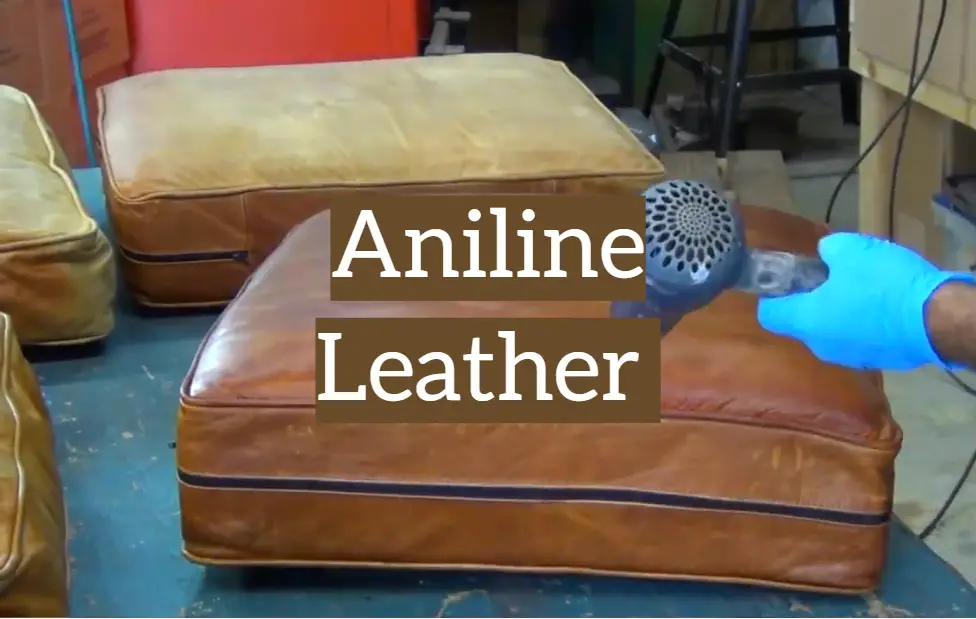
What is aniline leather: definition
Aniline leather is also called natural or naked. Some manufacturers give their names for the products made of this leather type. Aniline leather is basically a cattle hide treated with aniline dyes. Aniline dyes, both organic and inorganic, are used to give the natural leather the required shades and colors. Aniline dyeing is performed at the final stage of wet processing. The transparent dye used does not hide the texture or natural characteristics of the leather.
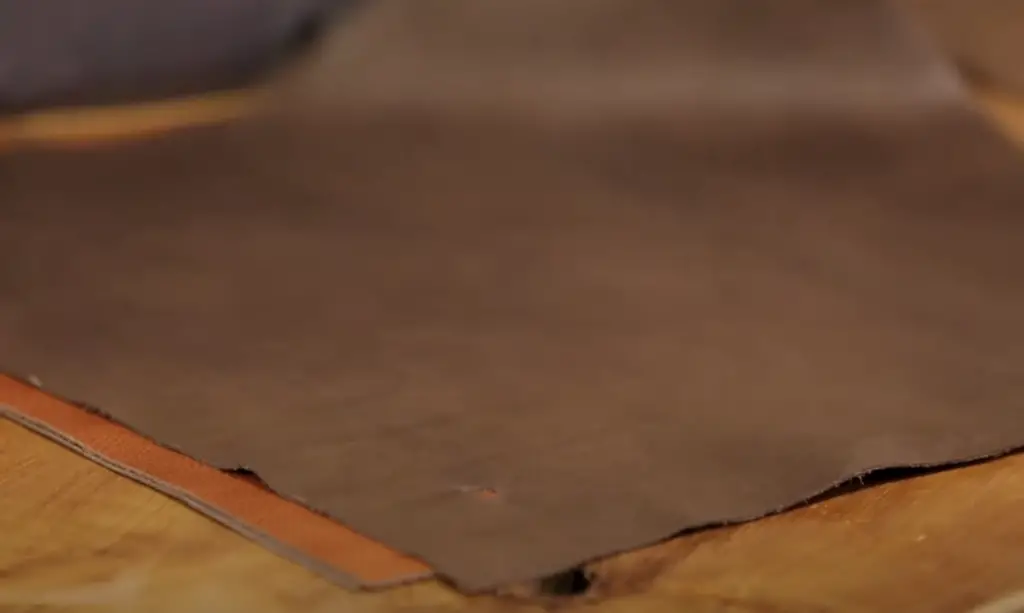
Aniline leather is soft and supple to the touch, very susceptible to direct sunlight. It has a high absorptive capacity, so spilled liquid, greasy and sweaty secretions form stains that can’t be removed. It is important to consider all these factors when picking clothes or furniture with this upholstery. Failure to comply with regulations may result in the shorter service life of the product made of faux aniline leather.
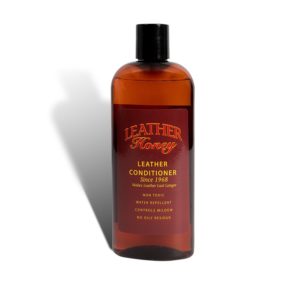 The Leather Honey brand is a cleaning solution that’s perfect for anyone that has a stained or heavily soiled aniline leather goods. It rids away dirt and grime fast, resulting in an excellent restoration job.
The Leather Honey brand is a cleaning solution that’s perfect for anyone that has a stained or heavily soiled aniline leather goods. It rids away dirt and grime fast, resulting in an excellent restoration job.Distinctive properties of aniline leather
Aniline is the most expensive leather type. This material is of high quality and natural appearance. This “natural-ness” appears because before dyes the hides are only cleaned and treated with a specialized antibacterial substance.
They paint such hides with aniline dyes, which provide a certain brownish shade. Thanks to this treatment and dyeing, aniline leather preserves its natural look and smooth texture. This type of leather does not only look natural but also “breathes”. Due to its natural look, it easily absorbs water. Thanks to this feature, it is possible to determine whether the animal skin is good or not and whether it has been processed and painted correctly.
Water repellency: let’s compare aniline and other leather types
Aniline plus leather offers the highest quality of all similar materials. It’s characterized by the traces caused by nature, for example, scars and different color shades. The material type is more sensitive and prone to aniline leather patina (to achieve an antique look) during processing.
The properties of the skin depend on the method of processing and the method of tanning. As well as the addition of special polymers (silicones) to it during the tanning process and at the stage of finishing the products. So, the leather processed with a natural technology, for example, vegetable tanning, is more prone to get wet.
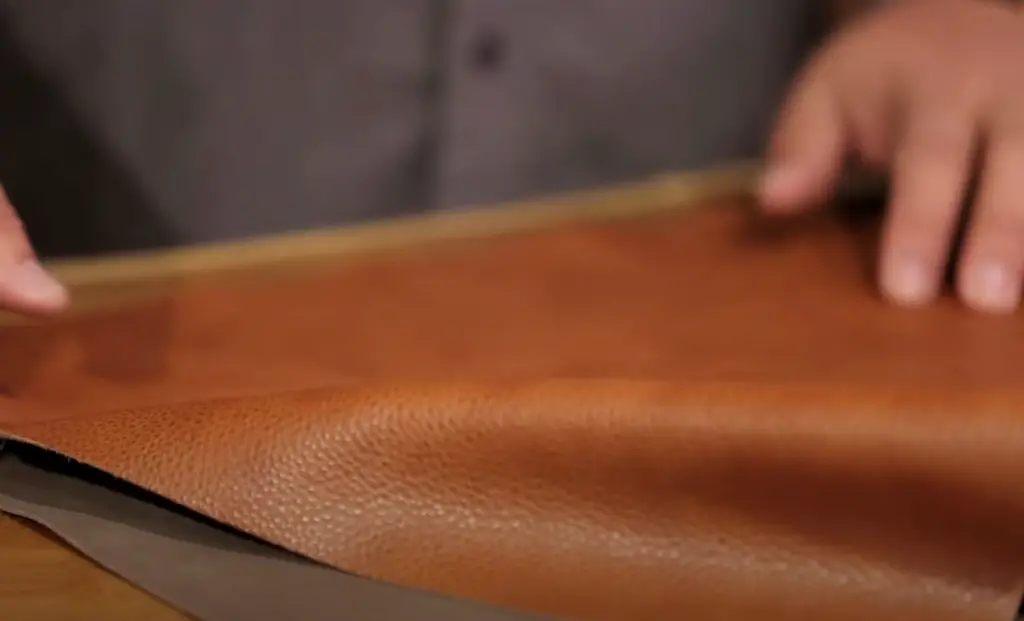
Let’s compare the water repellency properties of the popular leather types:
- Natural aniline leather is more prone to getting wet than other animal hides. Expensive leather products require certain aniline leather care. To impart water resistance to this material, creams and waxes are usually used;
- Nubuck leather is a finely laced, polished leather that resembles a very thin, yet durable, suede leather. Like skin, nubuck is naturally resistant to a small amount of water (getting wet), but it requires additional treatment with waterproof sprays;
- Suede is very easily destroyed by water – this causes the appearance of spots on its surface. Rain or snow can ruin a pair of suede boots in one day. But the sensitive nature of suede also means that you have to be careful about which materials to use to make it waterproof since not all materials are equally useful;
- Full-grain leather is made from the strongest part of the animal hide. It is the most durable and waterproof material. However, like other leather types, it should also be waxed or sprayed to improve the waterproof factor;
Water repellency completely depends on the leather type and the method of processing. The ability of aniline to absorb liquid is not only its positive, but also its negative side. The material can absorb not just water, but also dirt that negatively affects the appearance and condition of the material.
Sometimes the dye has to be renewed during the service life of the product. It will help save the material from dirt and stains by a specialized product that also moisturizes the product. Aniline leather care does not require special efforts or products.
Pros of using aniline leather for craftsmen:
- Aniline looks not just as natural, but also textured leather;
- Natural texture ensured by minimal processing of the material;
- Tactile appeal. The material has a soft and tender surface.
- In cold weather, it retains body heat and protects from the cold wind;
- In warmer weather, aniline leather cools the body nicely;
Aniline hides quickly absorb moisture, leaving dark traces on the skin. The advantage of aniline is a beautiful and really natural texture. During use, the animal skin begins to shine. Aniline does not have a protective coating, but sometimes it is covered with a light layer of polish to make it more suitable for use. Thanks to this layer, aniline becomes easier to clean.
Cons of using aniline leather for craftsmen:
- Lack of protective coating;
- Easily amenable to various pollution;
- The surface has natural flaws. Due to the minimal processing on the surface, all the imperfections are noticeable;
- Uneven coloring;
Aniline leather care: cleaning tips
A good shoe polish cream or any other intensive leather care product for smooth animal hides with open pores. Such a remedy can moisturize the aniline leather material, also it can protect against the stains and dirt.
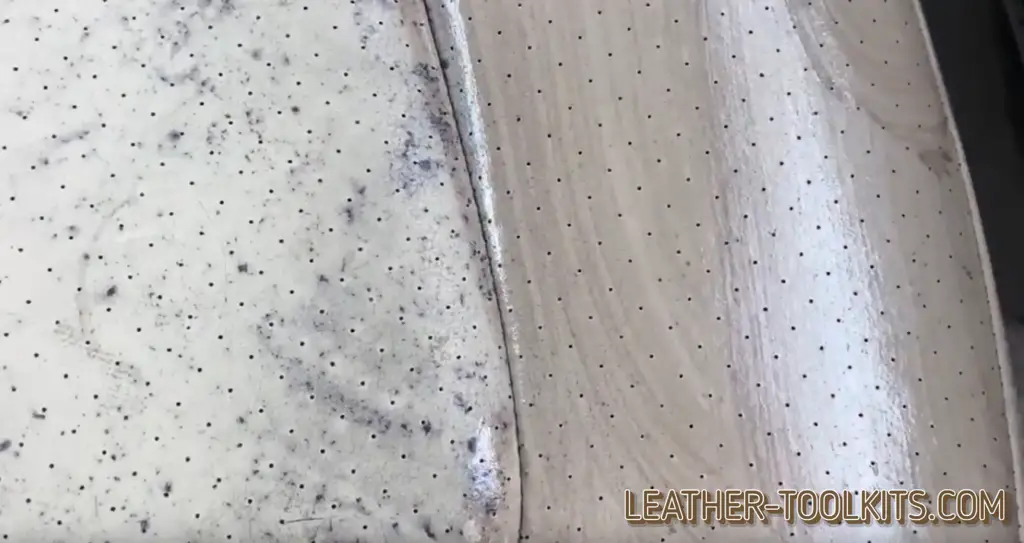
Old stains on aniline leather products can often not be removed without the help of a specialist. That is why it’s extremely important to avoid any spots. Leather surfaces in active use must be protected with preservatives at least 3 times a year. Before this procedure, always clean with aniline cleaner. To avoid smudges and streaks, clean the surface from the edge to the edge, using as little water as possible.
If aniline shoes or clothes are already old and they have lost the original color or faded, then you can update it with a special dye or paint. Before painting, degrease the surface with top-notch gasoline. In case of serious contamination, ask for professional assistance in a leather workshop.
Smooth leather surface with open pores (aniline and semi-aniline leather) can be easily contaminated in the form of greasy traces, due to the constant penetration of human sweat and fat in these areas.
How to remove greasy stains on aniline leather?
Use gasoline to clean the surface of grease. To remove fat from the inside of the aniline leather, use the special fat-absorbing product. After the powder has dried, collect it with a vacuum cleaner or brush it off with a special brush. Repeat the above steps until the expected result is achieved.
 The Leather Honey brand is a cleaning solution that’s perfect for anyone that has a stained or heavily soiled aniline leather goods. It rids away dirt and grime fast, resulting in an excellent restoration job.
The Leather Honey brand is a cleaning solution that’s perfect for anyone that has a stained or heavily soiled aniline leather goods. It rids away dirt and grime fast, resulting in an excellent restoration job.If the cleaned area of aniline leather products has become lighter after the care, this indicates that the coloring elements in the dye have reacted with the natural fat elements. Restore color with the special leather paint. The composition of the paint includes 30% of a protective agent. Do not forget to apply the aniline leather cream (Colourlock) once every 2-3 months even if the product is in perfect condition. For your upholstery use an aniline leather sofa degreaser.
Common tips for aniline leather care
- Protect aniline products with special products;
- The leather may darken for a short time, it will quickly dry without spots and keep the look feeling soft. In such a way, you may prevent traces of spilled liquids, body fat, and dirt, and also prevent the natural color fading;
- Wipe the products weekly with a soft cloth and cleaner;
- Do not rub with force;
- If you put a stain on aniline leather – wipe the entire area with a damp cloth, not just the stain;
- Moisturizing is good for aniline because it restores natural moisture. But, it’s important not to wet it excessively because it can bend the fibers and ruin its quality;
- Never use household cleaners for the aniline leather upholstery;
- Always use the care recommendations, according to the manufacturer’s instructions.
- To restore the natural color, use aniline dyes;
- Never use painted balms for aniline leather care, as the pigments in them do not absorb into the material and will become dirty;
- For old and dry aniline animal hides, use repair products that can moisturize and restore balance, so that the material feels soft and pleasant;
How to test aniline leather?
Just use the magnifying glass, it immediately becomes apparent that the leather is of aniline type, because it is not like any other animal skin or hides. The hair follicles on such a leather are visible clearly, as no other animal natural skin. You will see many small holes a.k.a. pores. These pores appear after the hairs are removed. The fact that such holes are visible means that the surface of the leather is not covered with anything. Otherwise, all the shallow pores would be filled and indistinguishable.
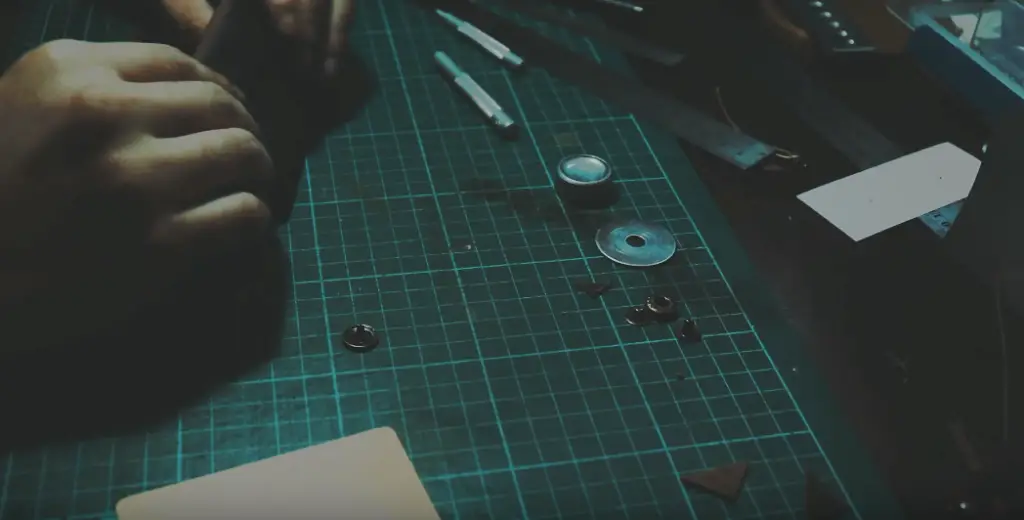
There are 3 types of aniline leather tests you can ask to do:
1) Absorption test. Put a little water on the patch. Water will be absorbed and a dark spot will remain on the surface. Genuine aniline can completely absorb the fluid in 30 seconds. If aniline was coated with artificial materials, then it does not absorb liquid. In this case, do a visual inspection with a magnifying glass to determine this leather type.
If the material absorbs water very quickly, it will just as easily absorb fat and dirt. It is very important that you regularly take care after the products are made of genuine aniline leather with a special protection cream. If the leather has faded, use the special recoloring balm to restore color.
2) Tactile test. Aniline material is very soft to the touch. It becomes lighter when it is scratched. Artificial aniline does not lighten not when scratched.
3) Visual test. The color of natural aniline leather is uneven. The material has a natural texture and, if you look closely, you will be able to notice hair follicles. In addition, it may have natural defects: aniline leather scratches and insect bites.
Final thoughts
When you buy aniline leather, opt for the genuine material that was dyed with organic dyes. The minimal technological processing is another great feature to look for when buying aniline leather. Bear in mind that this is a quite expensive leather material so make sure that it’s 100% genuine. Ask to do all the mentioned tests before you buy aniline leather.



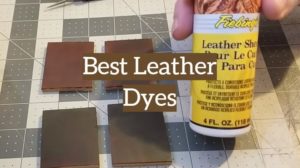
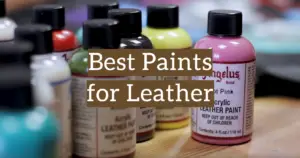

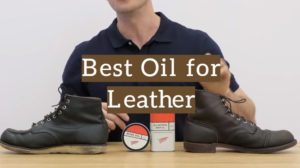



I know that some people look at aniline leather and think about its imperfections. I understand that but I don’t mind at all. As long as it’s not processed a lot and has some natural flaws and has that beautiful texture, I like it.
I have a bit of an odd question perhaps. I think that aniline leather appears to be mostly used for clothing and shoes it seems since it retains heat. I am considering using it for an outdoor-ish covering for a chair I have made. It will be on a porch. Would this kind of leather work for something like that?